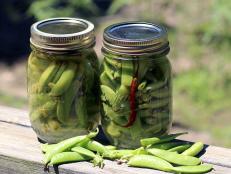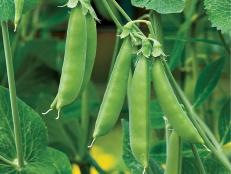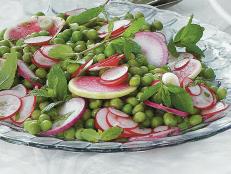1 / 10
Photo: Johnny’s Selected Seeds at JohnnySeeds.com
Planting Time for Peas
Spring peas are one of nature’s delicacies — a true tonic after winter. St. Patrick’s Day is a traditional pea planting day in warmer regions, but you really want to wait until soil temperatures are in the 45-degree range. A clue for the right pea planting time in your region is dandelions, daffodils and forsythia. When these spring favorites start to flower, it’s time to plant peas. Plant too early, and pea seeds will likely rot in cold soil before they germinate. Plant too late, and vines will only have a short bearing window. For garden planting, soil should be moist but crumbly (think chocolate cake). If it’s too wet, seeds may rot before sprouting.










